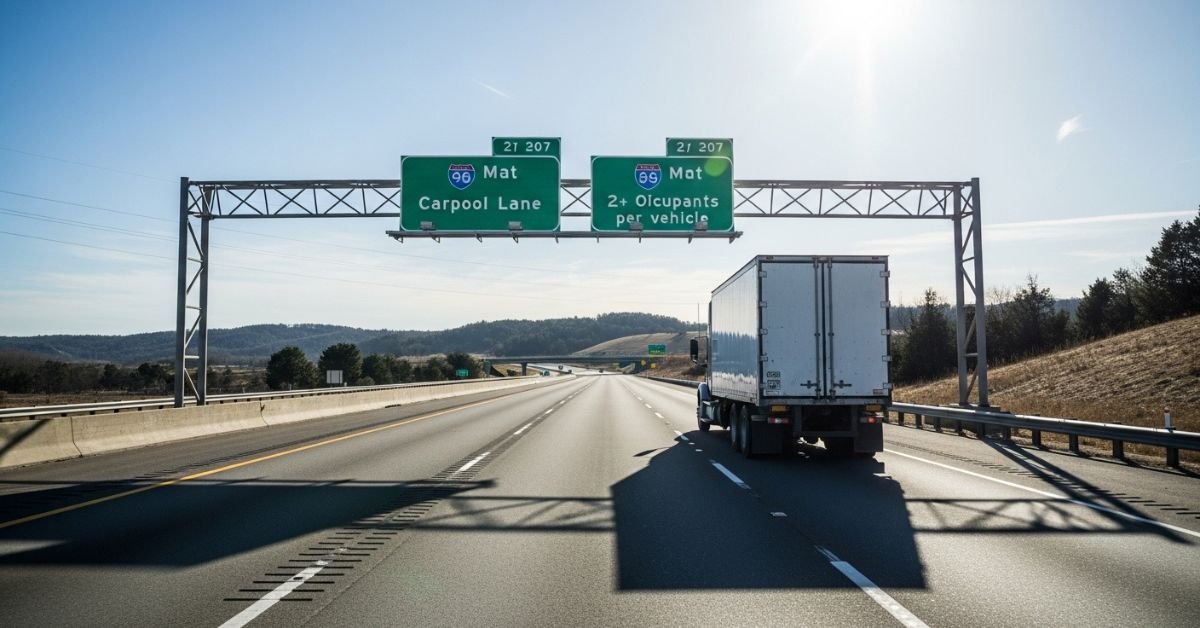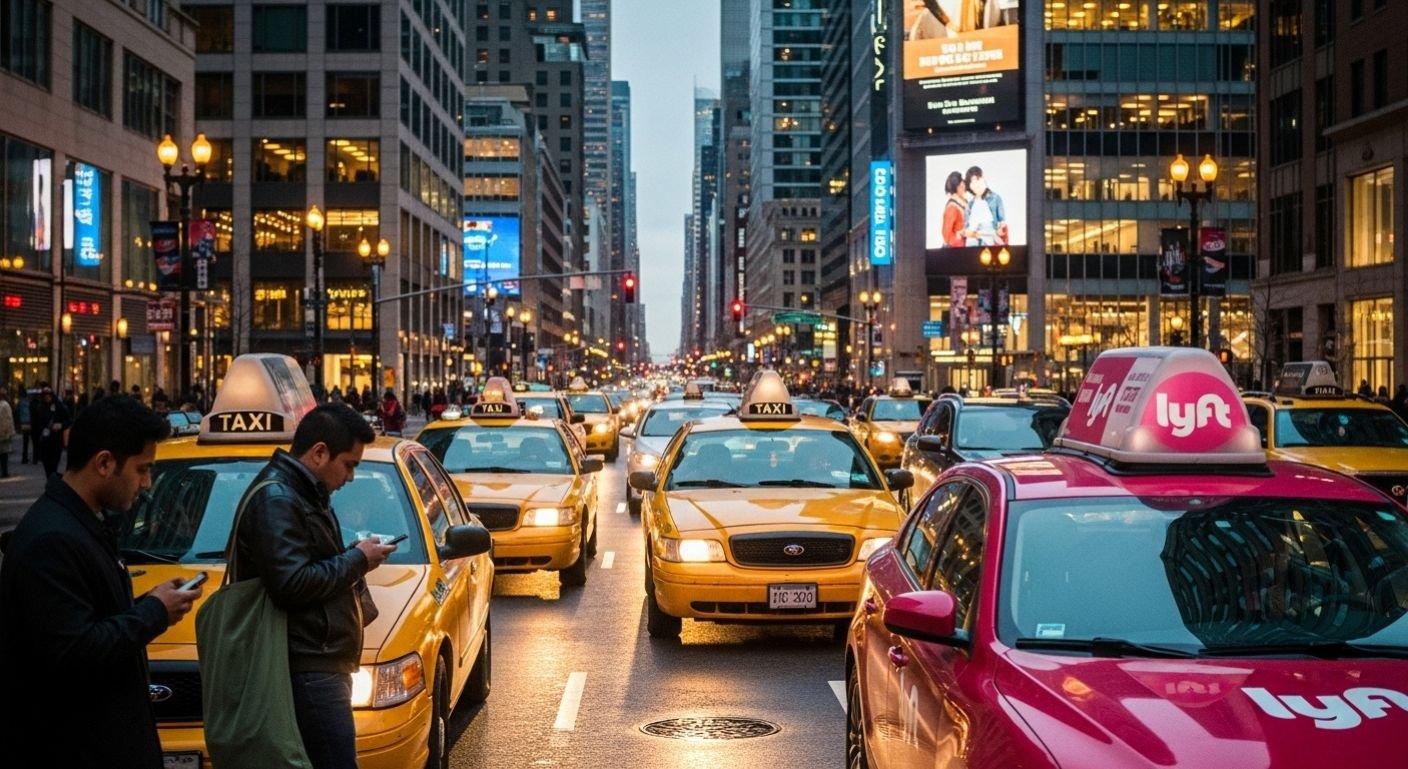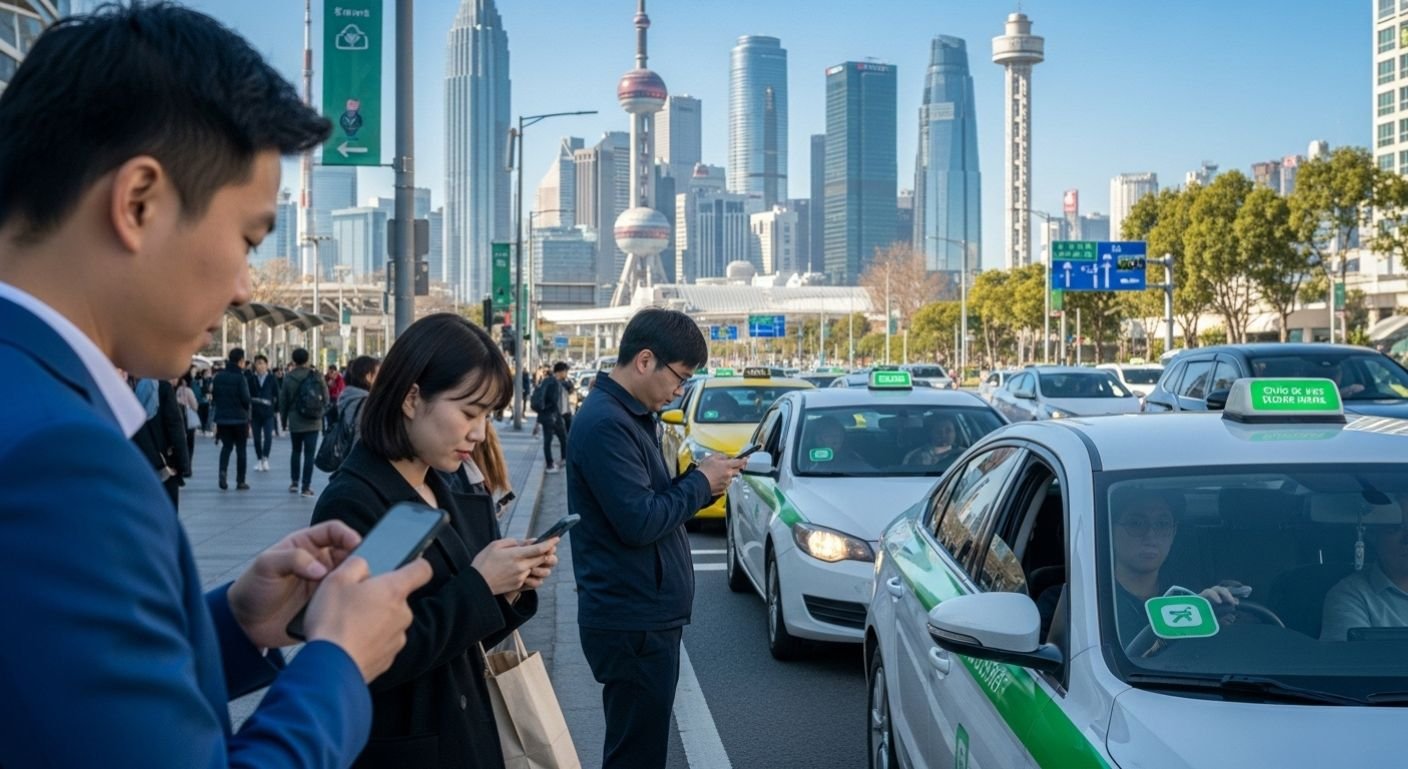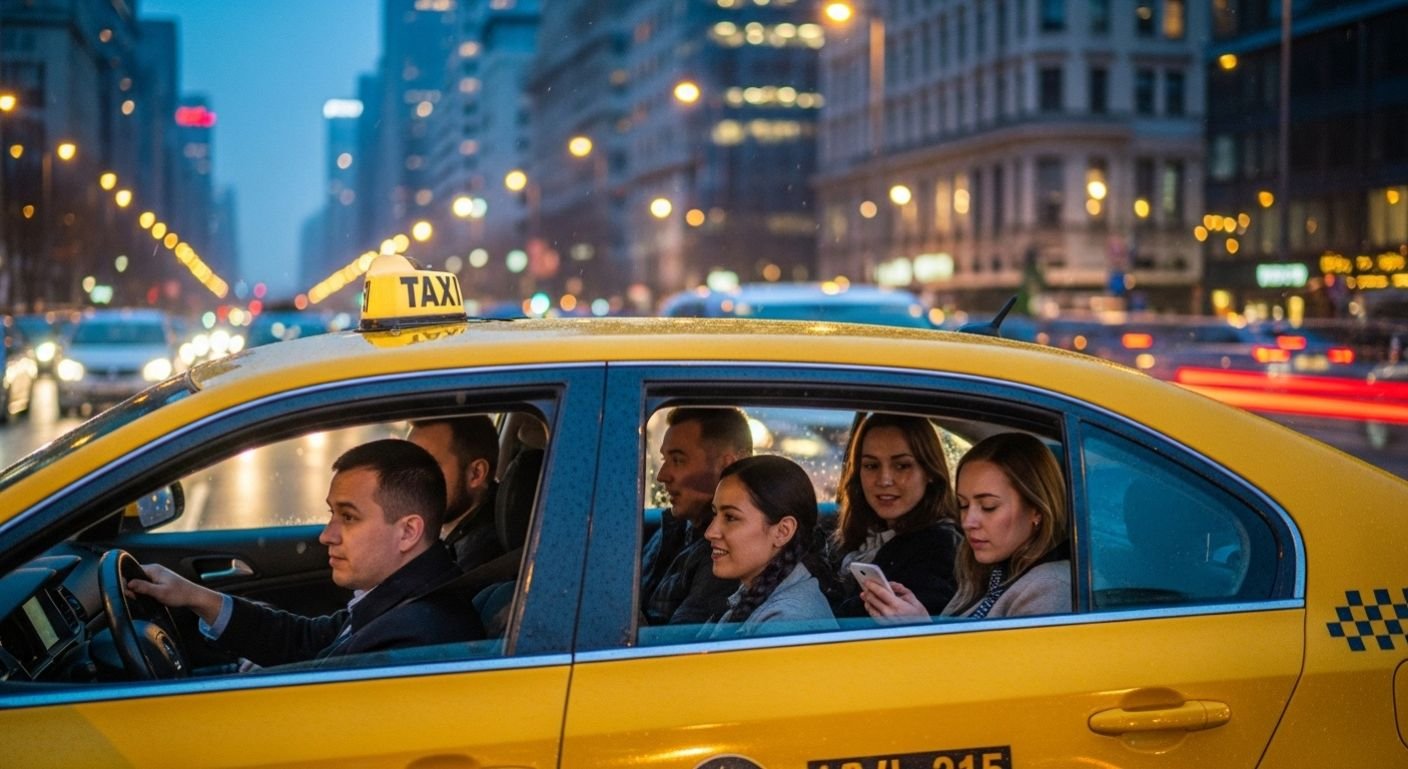Contents
Introduction to Carpool Lanes
Carpool lanes are a common sight on highways, designed to keep traffic flowing smoothly while promoting ridesharing and reducing congestion. These special lanes are reserved for vehicles with multiple occupants, making them a tempting option for commuters looking to cut down on travel time. But what about eighteen-wheelers? Can these massive trucks cruise in the carpool lane too? The answer isn’t as simple as it seems. In this post, we’ll unpack the rules surrounding carpool lanes, explore whether big rigs can join in on the ride-sharing revolution, and examine the implications of allowing them access. So buckle up; let’s dive into the world of carpooling regulations!
What are the Rules for Carpool Lanes?
Carpool lanes, often marked by diamond shapes on the road, exist to encourage carpooling and reduce traffic congestion. These dedicated lanes are reserved for vehicles with multiple occupants.
Typically, a minimum of two or three passengers is required in a vehicle to legally use these lanes. The exact number can vary based on local regulations.
Time restrictions may also apply; some carpool lanes are only operational during peak hours while others remain unrestricted all day.
Motorcycles and buses often have special privileges in these areas, allowing them to utilize the lane regardless of passenger count.
It’s essential for drivers to stay informed about specific rules in their region since violations can lead to fines or other penalties. Always pay attention to signage that indicates any unique requirements or time frames related to carpool lane usage.
Can Eighteen Wheelers Drive in Carpool Lanes?
Eighteen wheelers, or semi-trucks, often face restrictions when it comes to using carpool lanes. These lanes are primarily designed for vehicles carrying multiple passengers to promote carpooling and reduce congestion.
Most jurisdictions explicitly prohibit large trucks from these lanes. The reasoning is straightforward: they don’t contribute to the intended efficiency of carpooling efforts. Additionally, their size can create safety hazards in high-speed traffic that includes smaller vehicles.
However, some areas may have exceptions based on specific circumstances or local regulations. For instance, if a truck is transporting passengers—like a shuttle service—it might qualify under certain conditions.
Navigating these rules requires drivers to stay informed about local laws and updates regarding lane use. This can help avoid confusion and ensure compliance while on the road.
Exceptions to the Rule
While carpool lanes primarily serve vehicles with multiple occupants, some exceptions exist. These can vary by state or municipality, so it’s crucial to be aware of local regulations.
Emergency vehicles are usually exempt from the restrictions. They have the right to use these lanes when responding to incidents. This ensures they can reach emergencies quickly without being delayed by traffic.
In certain areas, hybrid and electric cars may also access carpool lanes even if only occupied by a single driver. This incentive supports environmentally friendly transportation options.
Additionally, some jurisdictions allow motorcycles in carpool lanes regardless of occupancy. Their smaller size helps alleviate congestion during peak hours while promoting alternative modes of travel.
Always check your local laws; knowing the nuances will help avoid unnecessary fines while navigating busy routes more efficiently.
Penalties and Fines for Violating Carpool Lane Rules
Violating carpool lane rules can lead to hefty penalties. Typically, fines vary by state but often range from $100 to $400. Each jurisdiction sets its own enforcement policies, so the amount could be higher in some areas.
Law enforcement officers may issue citations if they spot a vehicle with fewer than the required number of passengers using these lanes. Officers monitor traffic patterns closely and can easily identify solo drivers misusing this space.
In addition to monetary fines, repeat offenders might face increased penalties. Accumulating multiple violations could lead to points on a driver’s license or even further legal repercussions.
Being caught in a carpool lane without sufficient occupants is not just about the fine; it can also disrupt traffic flow and add stress during peak hours. Understanding local regulations is key for avoiding unnecessary costs and complications.
Pros and Cons of Allowing Eighteen Wheelers in Carpool Lanes
Allowing eighteen wheelers in carpool lanes brings both benefits and drawbacks. On one hand, it can ease congestion during peak hours. If trucks can utilize these lanes, it might distribute traffic more evenly across the highway.
On the flip side, large vehicles often move slower than passenger cars. This difference in speed could create bottlenecks and frustration for drivers looking to navigate efficiently.
Safety is another concern. Mixing heavy trucks with smaller vehicles might increase the risk of accidents due to size disparities.
Environmentally, fewer idle trucks in regular lanes may improve air quality by reducing emissions from stop-and-go traffic.
However, opening carpool lanes to all vehicles can undermine their original purpose: promoting carpooling and reducing overall vehicle numbers on roads. Balancing these factors requires careful consideration from transportation authorities and policymakers alike.
Conclusion
Navigating the complexities of carpool lane regulations can be challenging. Many drivers, especially those behind the wheel of eighteen-wheelers, often have questions.
Understanding local laws is essential for all motorists. These rules vary significantly from one state to another and even within different areas of a state.
For truck drivers, awareness about exceptions and penalties could save them time and money.
Public opinion on allowing large vehicles in these lanes can spark lively debates among commuters too. The impact on traffic flow versus safety concerns remains a hot topic.
It’s crucial for everyone to stay informed as policies evolve over time. Whether you’re commuting solo or sharing rides, being aware makes the roads safer for all users.
Also Read: Carpooling and Taking Public Transportation Are Ways People Can Save Money and Help the Planet
FAQs
Can eighteen wheelers use carpool lanes?
Generally, no. Carpool lanes are designed for vehicles with multiple passengers to encourage ridesharing and reduce traffic congestion. Eighteen wheelers typically do not meet this requirement.
Are there any exceptions?
In some jurisdictions, certain large trucks may be allowed in carpool lanes during specific hours or under particular conditions. It’s crucial to check local laws and regulations.
What happens if an eighteen wheeler is caught in a carpool lane?
Penalties can vary by state but often include hefty fines. Some areas also impose additional points on the driver’s record.
Why were carpool lanes created?
The primary purpose of carpool lanes is to promote high-occupancy vehicle (HOV) travel, which reduces the number of cars on the road and minimizes traffic congestion.
Could allowing eighteen wheelers in carpool lanes help with traffic issues?
This could have both positive and negative effects. While it might ease trucker travel times, it also risks clogging these designated routes meant for passenger vehicles.
Where can I find more information about my state’s driving laws regarding truck usage in HOV lanes?
State Department of Transportation websites are excellent resources for up-to-date rules and regulations concerning HOV lane usage.




